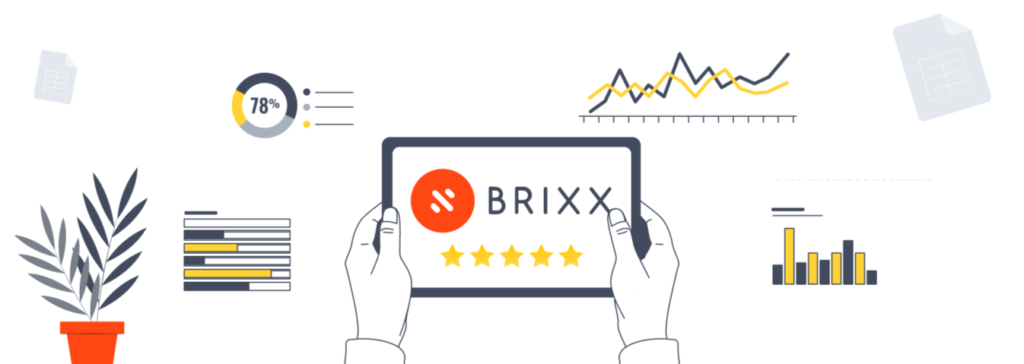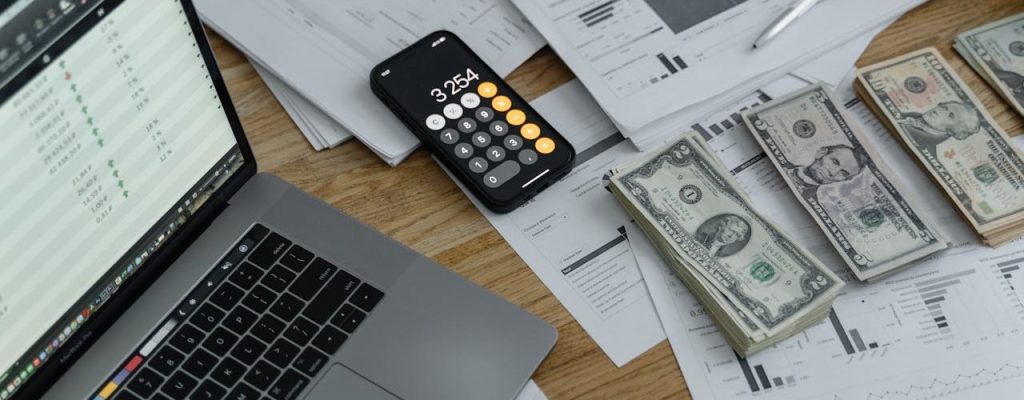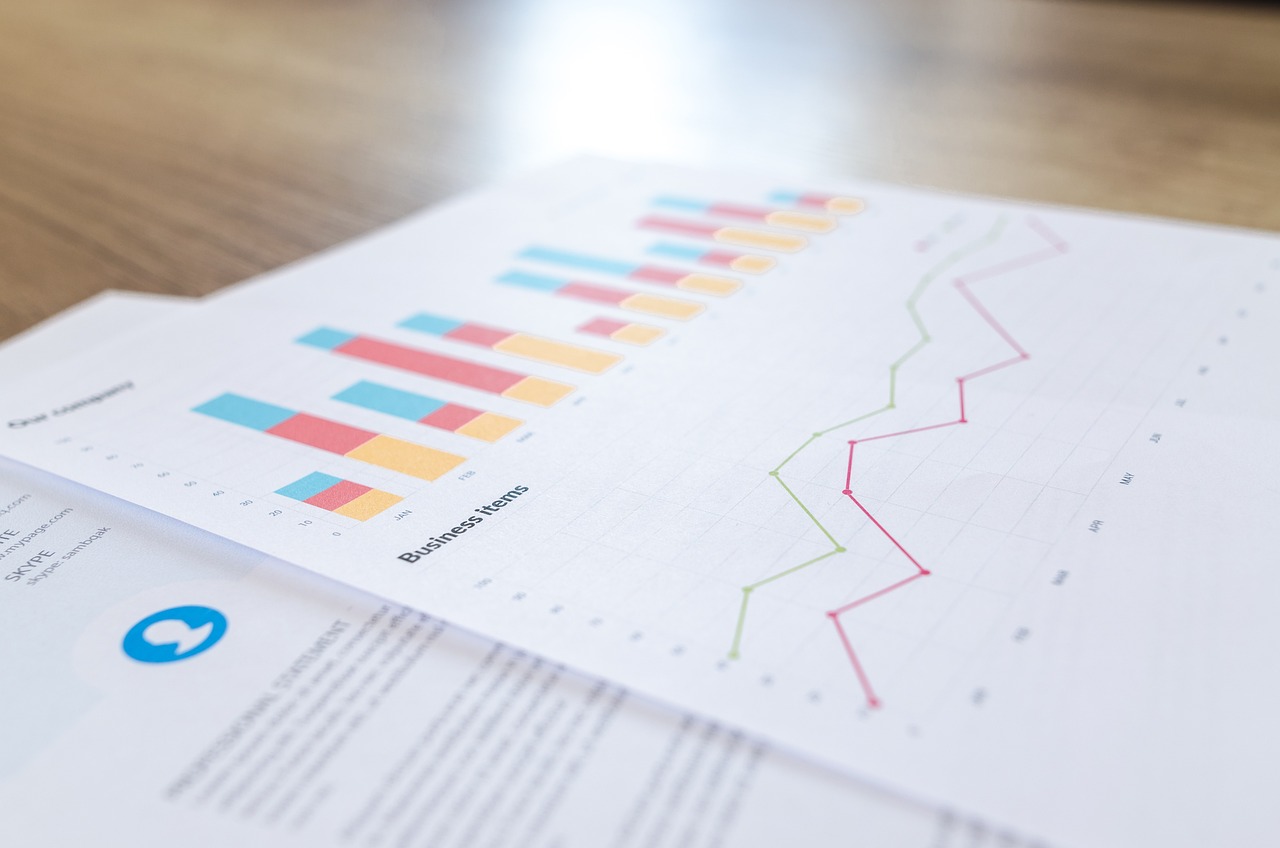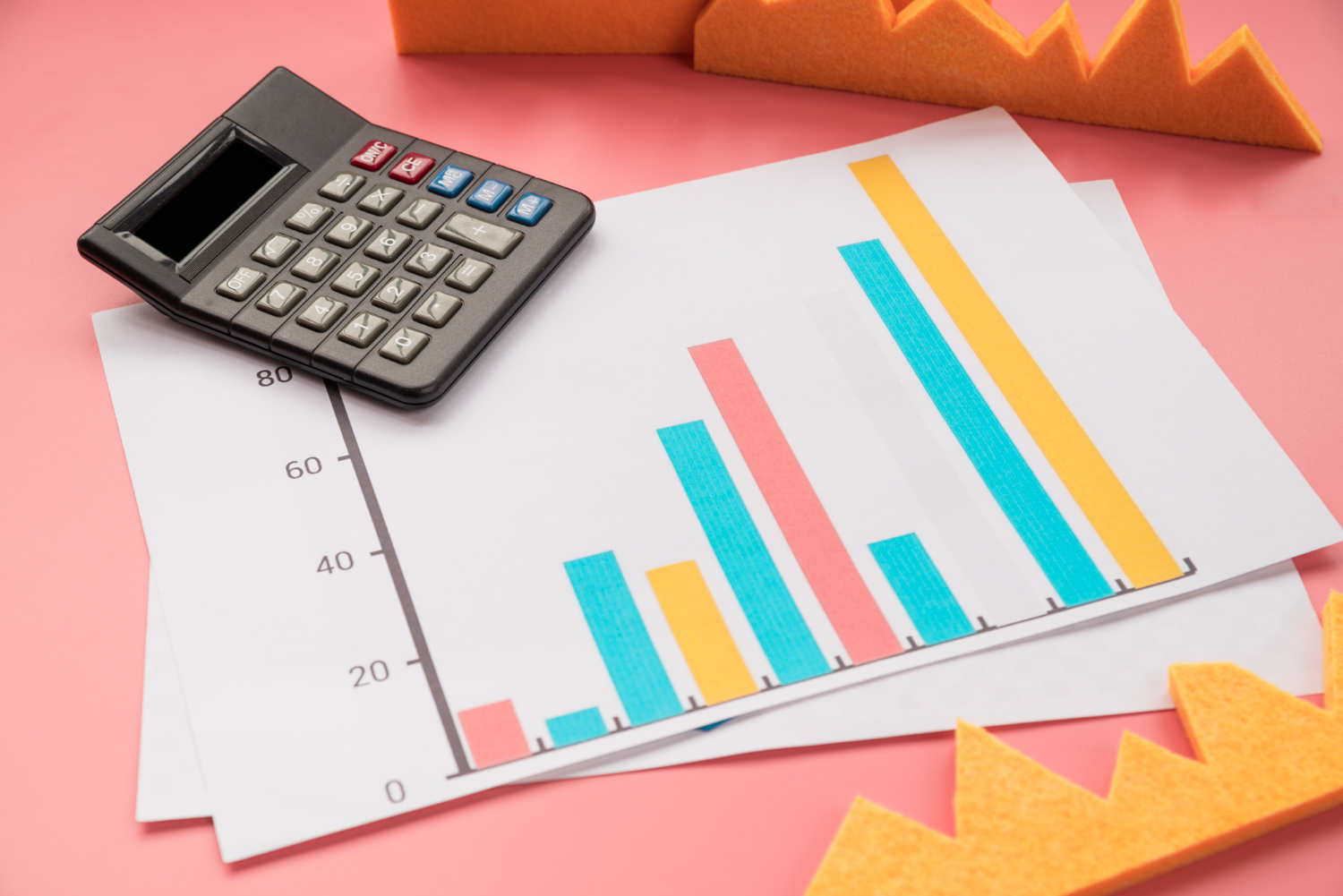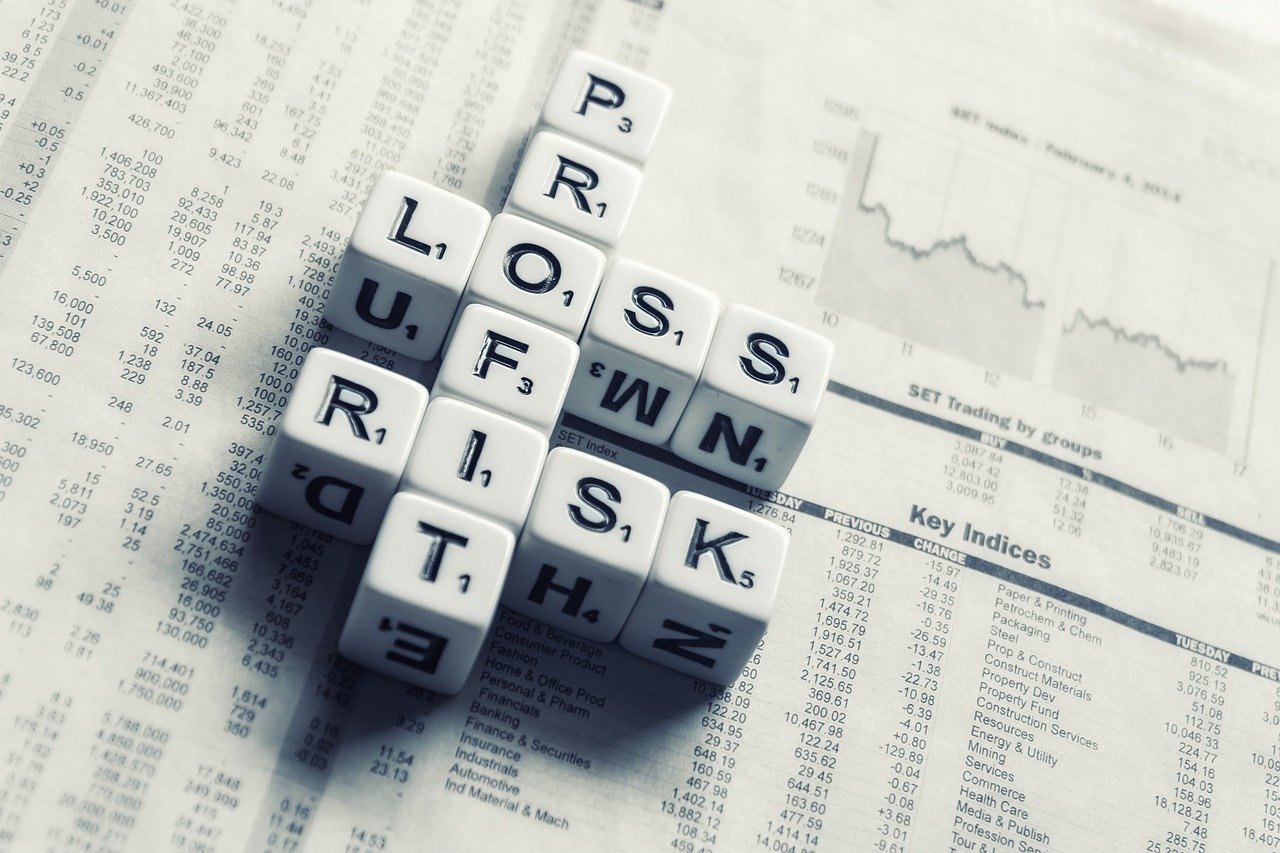

Introducing profit & loss
The topic of profit and loss is one that can cause some confusion. We all know of “profit” and “loss”, but getting your head around them as financial objects seems to take more time than other financial terms. In order to demystify profit and loss, we’ve decided to write this article to help improve understanding.
What is a profit and loss statement?
First of all, a profit and loss statement is also known as an income statement. This is a financial document that summarizes your profits and/or losses over a specific period of time (typically a month, quarter, or year). It is a valuable report for all businesses as it provides keen insight into financial performance. It is essential to understand how much money is coming into and out of your business.
The P&L statement doesn’t just track bills and invoices. The profit and loss statement also tracks changes in the value of things that the business owns. For example, if my business has an investment that increases in value, this is shown as contributing positively to profit on my P&L. However, if I have an asset that depreciates over time, like a car, then this is a loss to the business. No cash has changed hands in either case – but the business has made a profit in one case and a loss in the other.
Get started with our forecasting software so that you can plan your business' futureTrack your profit and loss in Brixx
What is the structure of a P&L statement
The profit and loss statement is typically shown over a specific period of time. This can be a month, 13 weeks, a quarter, or even a full year. See a simple example of the structure below:
Revenue: This shows the total money received from your sales or services.
Cost of Goods Sold (COGS): These are the costs directly related to producing your products or services.
Gross Profit: Quite simply, this is your total revenue minus your COGS.
Operating Expenses: As the name implies, these are costs related to the running of your business.
Operating Income (or Loss): This is your gross profit minus operating expenses.
Other Income and Expenses: This will include additional income or expenses that are not directly related to any of your core business operations.
Net Income (or Loss): This is your total profit or loss after managing all revenue, expenses, and taxes.
What are the types of profit and loss statements
There are two main types of P&L statements:
Cash method
The cash method records your revenue and expenses when the cash has been properly received. This method reflects the company’s direct cash flow, showing the transactions where cash has changed hands during a specific period of time.
Accrual method
The accrual method will record revenue and expenses when they are earned or incurred, without considering if the cash is received. This method shows a more detailed view of overall financial performance, matching income with associated expenses, even if the cash hasn’t been received yet!
Both methods are valuable to businesses, but differ in how they recognise revenue and expenses. Learn more about cash vs accrual accounting.
Why are profit and loss (P&L) statements important?
There are many different ways that P&L statements can be important for businesses. We have listed three of these below:
Help to evaluate financial performance
The P&L statement can highlight a business’ overall financial health. It will show revenue and expenses, and financial profitability over a specific period of time. This allows for keen financial analysis to assess overall performance.
Allow for improved decision making
P&L statements can also help to make better informed decisions. These decisions can be related to new products, additional resources, and more. By analyzing the P&L statement, businesses can identify strengths and weaknesses and take keen action to improve profitability and efficiency.
Helps to monitor and plan
Regularly reviewing your P&L statements allow you to track their financial progress over time. Regularly compare this to previous periods and/or industry benchmarks. This can help to set new financial goals, additional budgets, and help to forecast future outcomes.
Example of a P&L statement
The below is a hypothetical P&L statement of fictional business ‘Small Time Goods’. This report provides an overview of the business’ financial performance.
Small Time Goods
Profit and loss statement for the year ended December 31, 2023:
Revenue:
- Sales revenue: £250,000
- Interest income: £5,000
- Total revenue: £255,000
Cost of Goods Sold (COGS):
- Cost of Sales: £125,000
- Gross Profit: £130,000
Operating Expenses:
- Salaries and Wages: £40,000
- Rent Expense: £12,000
- Utilities: £7,000
- Marketing Expenses: £15,000
- Depreciation Expense: £5,000
- Total Operating Expenses: £79,000
Operating Income: £51,000
Other Income and Expenses:
- Interest Expense: £1,000
- Miscellaneous Income: £2,000
- Total Other Income and Expenses: £1,000
Net Income Before Taxes: £50,000
Income Taxes: £11,000
Net Income: £39,000
Profit & loss template
Brixx offers a completely free profit and loss template. Simply head to our page and enter your email to download.
Automate profit and loss with Brixx
Brixx is a stand-out financial modelling tool for profit and loss (P&L) management. Businesses can easily create detailed P&L statements that accurately reflect their financial performance, empowering you to make informed decisions. With comprehensive financial modelling capabilities, you can also delve into various scenarios, helping you to forecast future profitability and plan accordingly. Generate automatic income statement reports and share that information with ease to all shareholders!
Overall, Brixx software streamlines P&L management processes, enhances financial visibility, and supports strategic decision-making, making it an indispensable asset for businesses of all sizes. Get started with a free trial!

